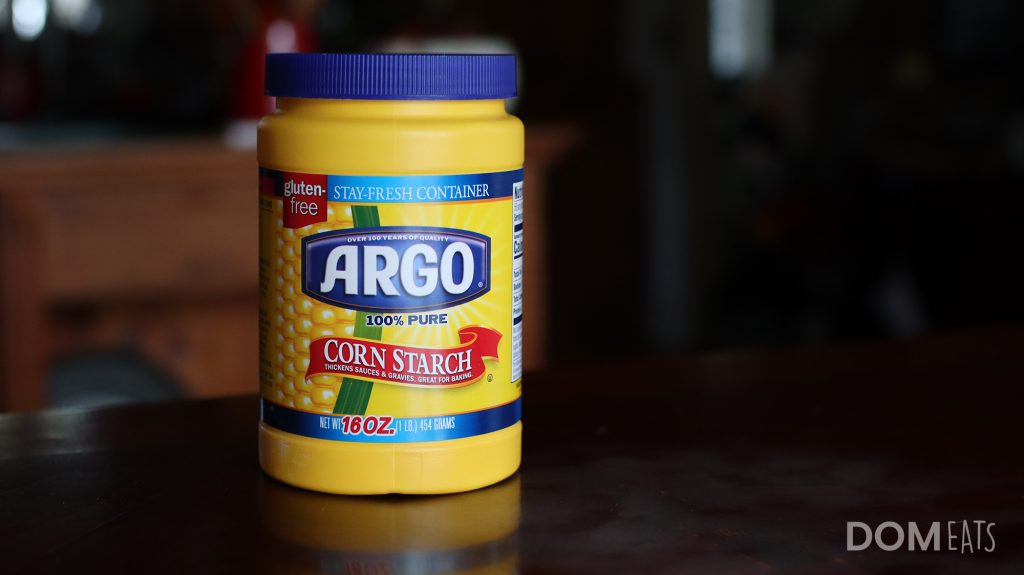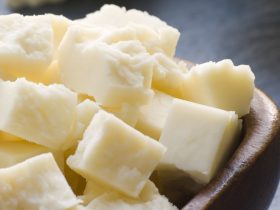Wheat starch is an extract of the wheat plant separate from that of wheat flour wherein the majority of other compounds present within the flour have been mechanically or chemically separated from the polysaccharide compounds, of which are usually referred to as the starch of the flour.
Wheat starch is used in a variety of dishes and food additives in order to provide an increased level of carbohydrates, to alter its appearance, or to improve its texture in terms of thickening or creating a sticky texture.
Fortunately, being a base ingredient with a relatively simplistic chemical background, wheat starch has a variety of alternatives that may be used in the event that the chef or the consumers do not wish to use it, whether for health purposes or any other reason that may call for a wheat starch substitute.
Why Would You Substitute Wheat Starch?
There are a multitude of reasons why a consumer may request that wheat starch be removed from a particular dish or a chef would choose to forego utilizing it in favor of another type of food product, such as in the case of gluten intolerance or celiac disease, of which can cause individuals to become unable to process the gluten protein present in wheat starch and similar foodstuffs.
Apart from digestion related reasons, wheat starch is considered generally unsuitable for healthy dieting owing to the fact that the majority of the fiber, protein and vitamins present within the wheat plant itself is removed during the process of creating the starch.
This, most often, results in a wheat starch that is composed of mostly complex sugar compounds, with very little else to offer in terms of vitamins, minerals or other beneficial food compounds.
There is also the case of occasionally better alternatives being available to the chef, especially in certain cases wherein a more traditional type of starch should be used, such as tapioca starch or rice flour, both of which can not only replicate the properties of wheat starch but also improve upon it in a dish.
Sauce or Soup Wheat Starch Substitutes
The most common use for wheat starch is to incorporate it into gravies, condiments, sauces or even soups in order to thicken it and increase the fluid’s viscosity without imparting any significant flavors that may alter the taste profile of the sauce or soup.
However, certain instances may call for wheat starch to instead be replaced with a similar thickening agent that provides much the same neutrally flavored effect, and as such it is quite fortunate that several different types of flour or other cooking products can in fact replicate this particular characteristic of wheat starch.
Cornstarch
Perhaps the most commonly found product in this article, cornstarch is the quintessential thickening agent in must of the western hemisphere, being incorporated into a variety of foodstuffs and dishes for its neutral flavor and highly effective characteristics.

In terms of substitutes for wheat starch in dishes such as soups or gravies, cornstarch is utilized even more than wheat starch itself is, and as such makes an excellent substitute in recipes that call for this particular grain based thickening agent.
As an added bonus, cornstarch dissolves far more quickly than wheat starch would, owing to its differing monosaccharide compound chemical structure, essentially acting as a far more simplistic sugar molecule in comparison to the polysaccharide compounds that wheat starch is usually composed of.
Additionally, these monosaccharide compounds are quite different from that of gluten, making cornstarch an excellent replacement for individuals suffering from a gluten intolerance or similar dietary conditions.
Pectin
While not exactly common in savory dishes, pectin can act both as a gelling agent and a thickening agent in soups or sauces without adding any extra taste or altering the appearance of the food product in any way.
However, it is in gravies and jellies that pectin truly shines, wherein its particular type of thickening when under the stress of high heat produces an almost gelatin-like texture, somewhat different to that of wheat starch which may cake up if heated in sufficient enough concentrations.
This allows soups, gravies and jellies that have incorporated pectin to be reheated with less of a loss in moisture and textural integrity.
As an added bonus, pectin is entirely gluten free and is among one of the most common thickening agents used in gluten free food products, not only making it an excellent textural replacement for wheat starch but also a somewhat more suitable alternative for sufferers of gluten related diseases.
Tapioca Starch
Recently brought into popularity for its use in the Asian-originating boba pearls, tapioca starch is a product created from the dehydration and grinding up of a root vegetable which is often used in order to thicken certain types of recipes or even act as a primary caking agent in some baked goods.
However, the drawback to using tapioca starch as a wheat starch replacement in sauces or soups is its somewhat noticeably sweet flavor, of which may be disconcerting and unsuitable for dishes that are normally of the more savory flavor profile.
Additionally, tapioca starch is quite potent in terms of thickening, and as such is generally used in a one to two ratio, wherein a single tablespoon of tapioca starch is generally considered equivalent to two tablespoons of wheat starch when incorporated into a dish.
Much like pectin, tapioca starch in its unadulterated and pure form is generally safe for members of the population with a gluten intolerance, celiac disease, or similar conditions wherein they cannot consume gluten.
Dumpling Wheat Starch Substitutes
Another primary use for wheat starch is its incorporation as a main ingredient in dumpling wrappers, especially that of Chinese cuisine, such as shumai and har gow, wherein it makes up the majority of the physical scaffolding responsible for holding the dumpling together, even during steaming or frying.
Rice Starch
Not exactly traditional in most kinds of dumplings, rice starch as a wrapper ingredient is usually reserved for a few certain types of dumplings that call for it owing to the fact that rice starch presents a slightly different flavor to that of wheat starch.
Additionally, rice starch may act somewhat differently when cooked in the same method as wheat starch, possibly becoming more gelatinous than wheat starch when placed in a hot and humid environment.
As such, rice starch is best used in recipes wherein the dumpling filling can overpower the texture and taste of the rice starch, if the chef desires to create an authentic experience. This does not necessarily apply for consumers with no preference either way.
Potato Starch
A somewhat more suitable replacement for dumpling wrappers than rice starch, potato starch is generally used as both a volume and flavor approximation of wheat starch, wherein it is added in a one to one ratio, such as one tablespoon of potato starch equaling one tablespoon of wheat starch.
The benefit to utilizing potato starch as a wheat starch substitute in dumpling wrappers is its high tolerance to heat, even in moist environments such as a steamer. As such, potato starch is capable of creating a robust and somewhat chewy dumpling that is quite close to that of wheat starch.
As an added benefit, potato starch is also gluten free, utilizing a different form of polysaccharide as its compound structure, and as such is suitable for individuals that cannot consume gluten.
Teng Feng/ Tang Flour (澄粉)
Technically a variation of wheat starch, tang flour is one of the primary ingredients used in Vietnamese dumplings and other recipes originating from neighboring countries.
While it may be difficult to acquire in the western hemisphere without access to international shipping or a specialty shop, tang flour is essential for creating a truly authentic dumpling experience.
Tang flour may act as a wheat flour substitute for this specific purpose, though individuals choosing to replace wheat flour for health or diet reasons should not use it as tang flour is also made from the same wheat plant, possessing gluten and other compounds normally found to be present within wheat.
References
1. Eliasson, Ann-Charlotte. Starch in Food: Structure, Function and Applications. CRC Press, 2004.
2. Barsby, Tina L., et al. Starch: Advances in Structure and Function. Royal Society of Chemistry, 2001.
3. Group, Royal Society of Chemistry (Great Britain) Food Chemistry. Chemistry and Physics of Baking: Materials, Processes, and Products : The Proceedings of an International Symposium Organised by the Food Chemistry Group of the Royal Society of Chemistry and the School of Agriculture of the University of Nottingham, the School of Agriculture, Sutton Bonington, 10th-12th April 1985. Royal Society of Chemistry, 1986.





Hi, I'm Dom
Dom Eats was started to help other people fall in love with food. While cooking can feel intimidating, it doesn't have to be.